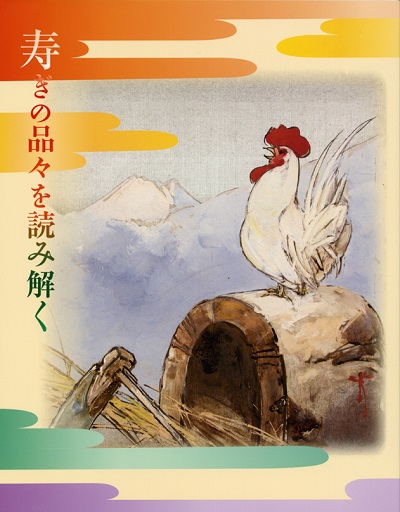| image | information |
|---|---|
 |
Since the Meiji era, many art works such as hanging scrolls and ornaments with auspicious themes were presented to the Imperial Household to celebrate auspicious events, and a part of them have been passed down to our collection. In this exhibition, we will introduce them focusing on how the traditional auspicious themes seen in these works were expressed in forms of art with senses of the new era. Among them, combinations of the crane, tortoise and pines were called “horai” patterns and scenes, essential for celebration gifts. This theme originally developed from the depictions of Horaisan (Mt.Penglai), which is the place of longevity and eternal youth in ancient Chinese Shenxian (concept of Taoist immortality) thoughts. We will look into just how the painters of the modern era such as Yokoyama Taikan attempted to apprehend and depict this traditional horai theme. One of the themes distinctive of the modern era is called “shatouzu”, which was formerly an overhead view of temple or shrine precincts, to be viewed close by instead of actually visiting the temple or shrine for pilgrimage. By being combined with meisho-e (paintings of famous views), new expressions of the shatouzu developed in this era. During the Taisho period, scenes of temple and shrine precincts were cut out and depicted as auspicious landscapes, even on vases and embroidered screens. We will also introduce works depicting animals such as deer, doves, or crows which were considered as divine messengers, and symbols of longevity such as Jurojin (god of longevity), reishi (bracket fungus), and Takasago (Noh play). We hope our visitors will enjoy these art forms comprehending their various auspicious meanings, such as good health, longevity, or conjugal love. |